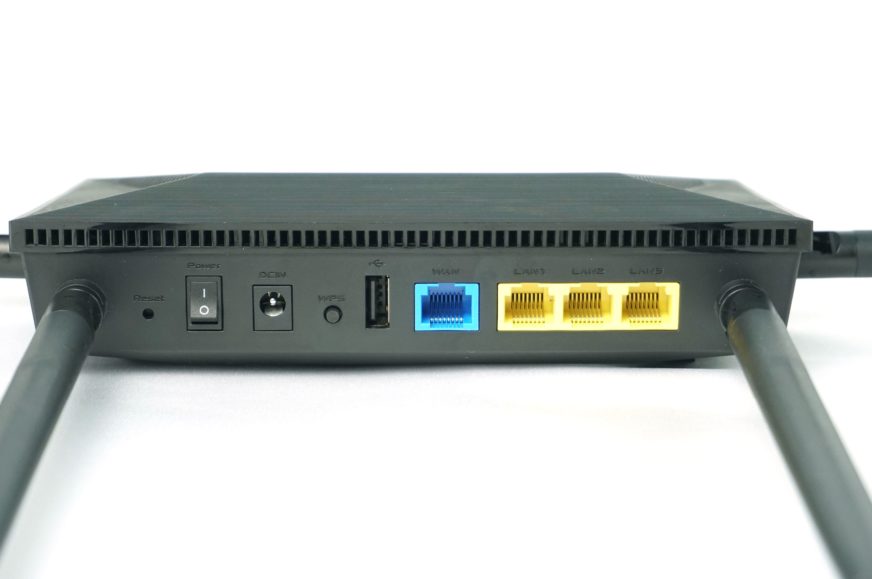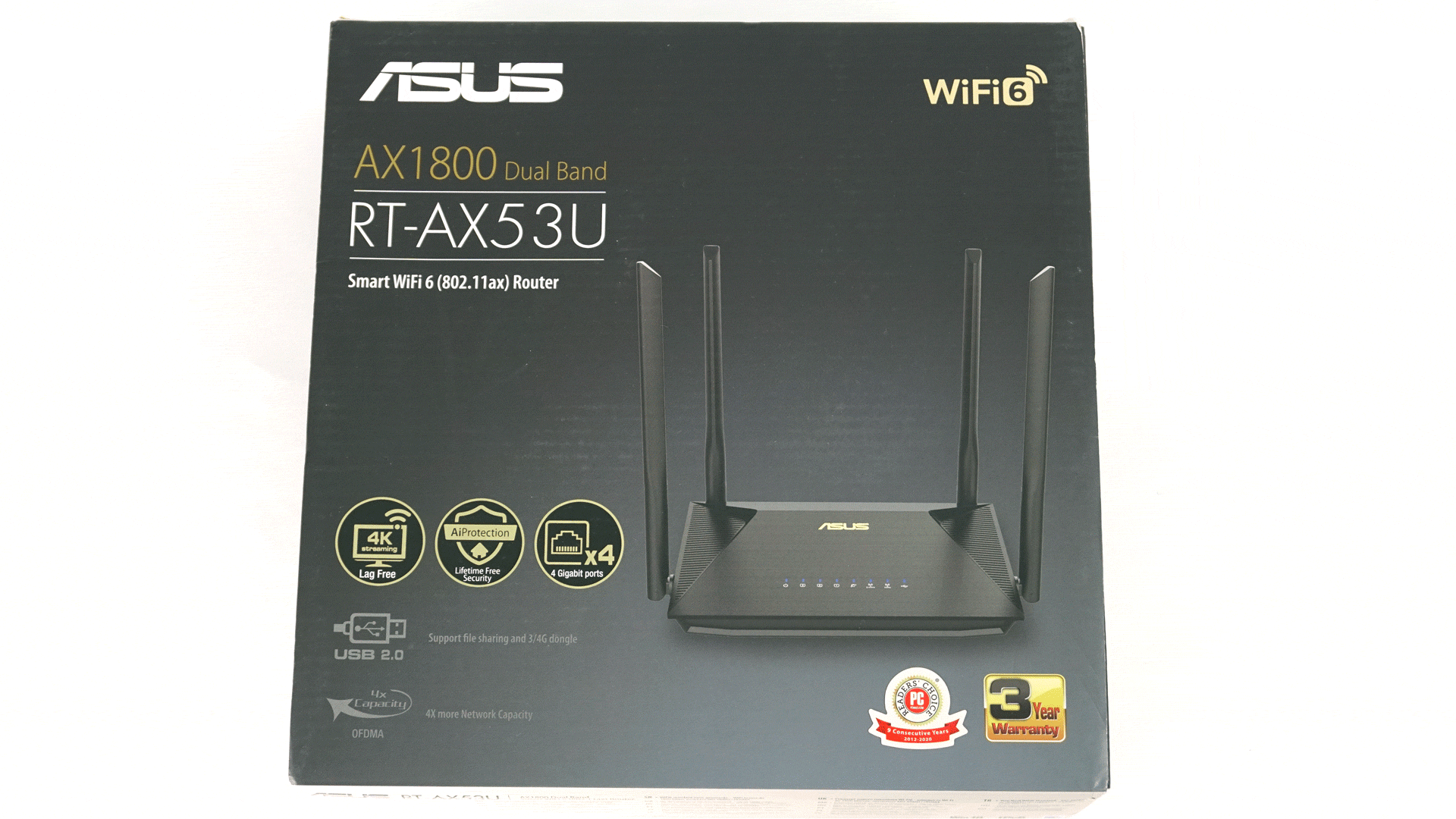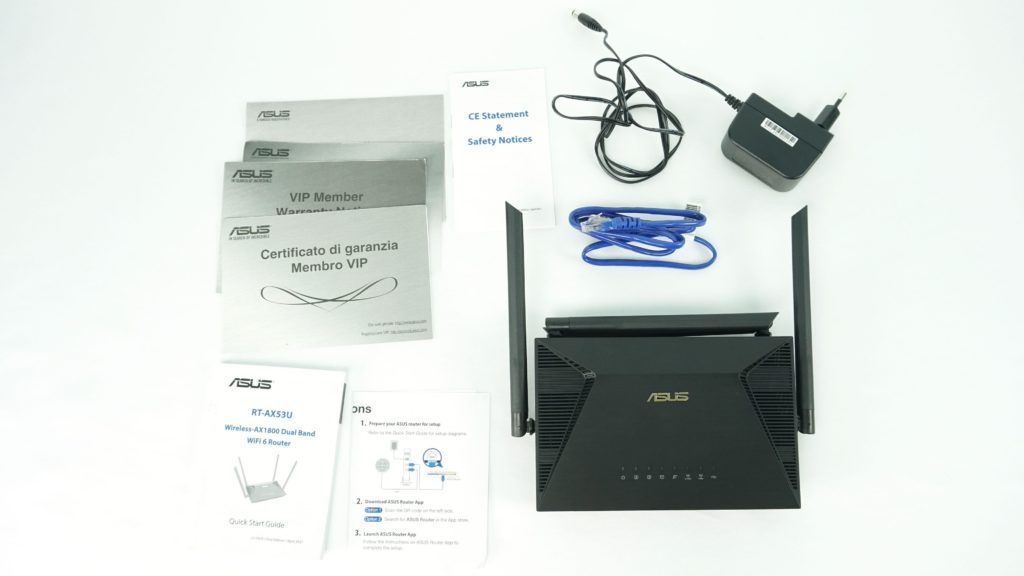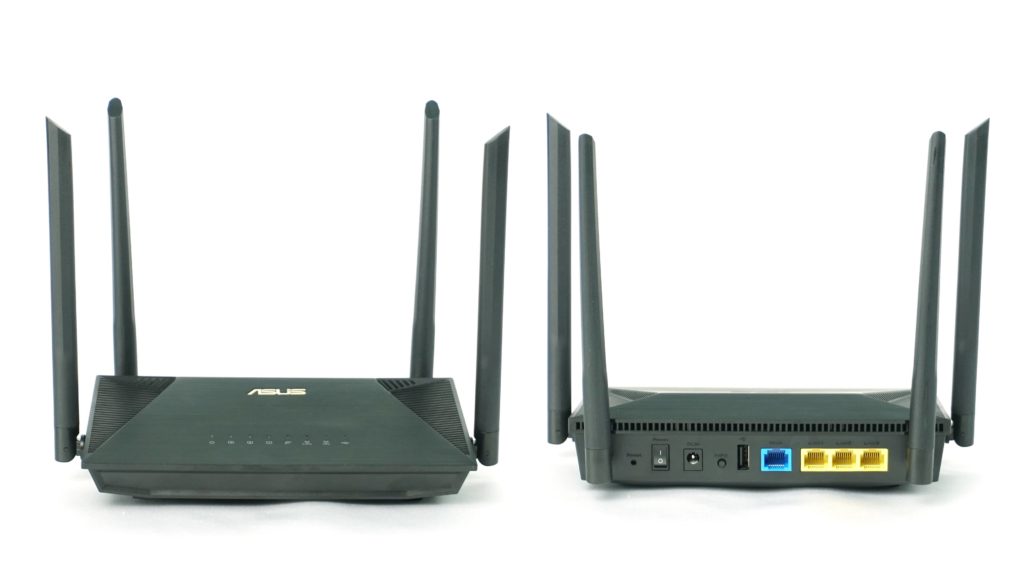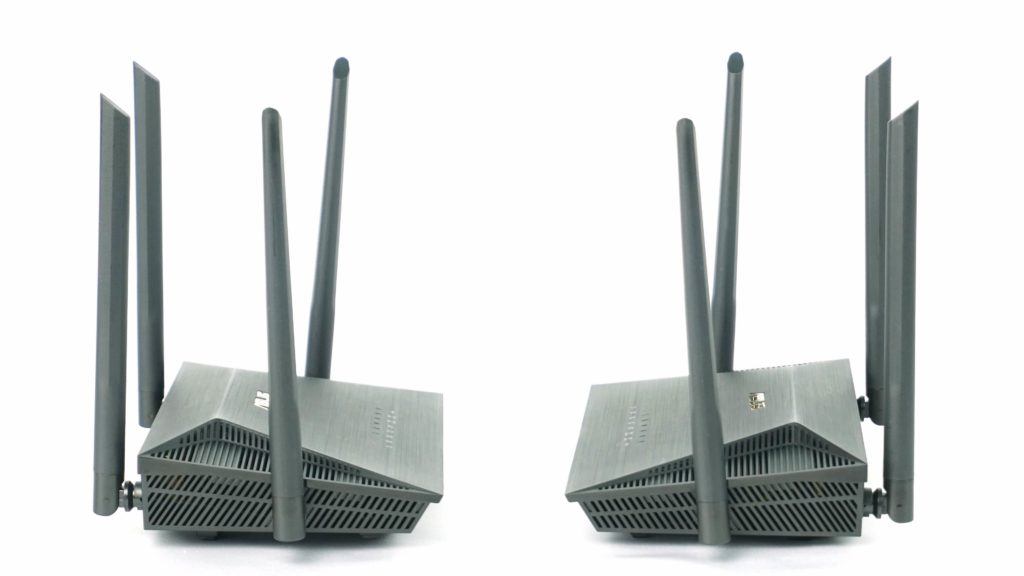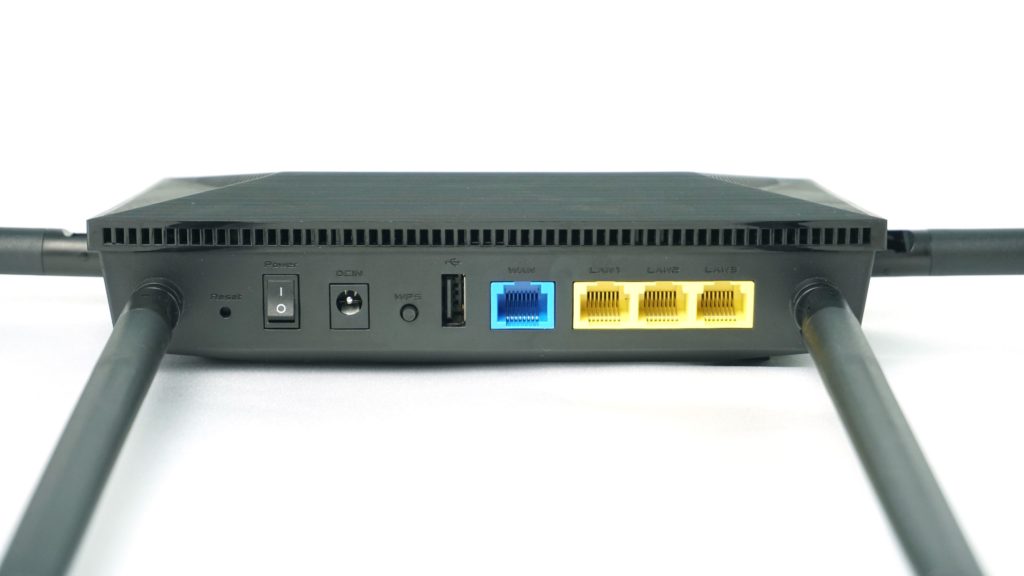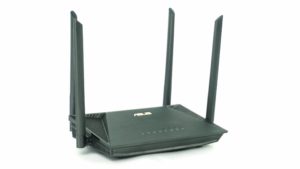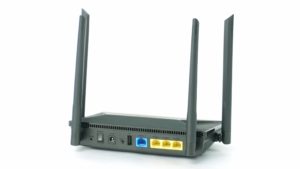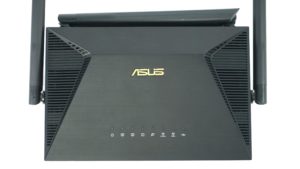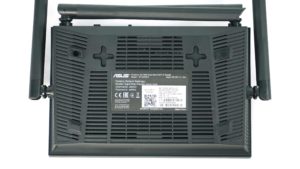Packaging and parameters
WiFi 6 has been with us for a while now, but the adoption of this new wireless standard has been a bit lackluster. And it’s not for lack of clients, WiFi 6 is in new devices for sure. I consider the main reason to be poorer availability, as WiFi 6 has so far appeared mainly in top router models costing hundreds of euros, which only a connoisseur will reach for. But with the arrival of the affordable RT-AX53U, this situation is changing.
Packaging and exterior
The design on the front of the package captures the look of the router as well as some of the main features, which are detailed on the back. The depiction matches the design language we have seen in previous models.
Inside you will find the router itself, LAN cable, power adapter and documentation. For an easy first start-up and configuration of the router, there is an application, which we will also take a brief look at.
The new product retains the compact dimensions we know from the RT-AC53/58U models, but the design is more similar to the larger models thanks to the sharp lines and ribbing.
The RT-AX53U offers four external antennas that can be positioned, but not unscrewed as we’re used to seeing with the AX88U and AC88U.
In addition to the design changes, we have also seen an update of the connectors. The number of LAN ports increased from two to three compared to RT-AC53, but decreased by one compared to RT-AC58U. The reason for this is the presence of a USB 2.0 connector on the back. All LAN ports and WAN ports have a standard 1 Gb speed.
I find the downgrade of the USB port from version 3.0 to 2.0 rather strange compared to its predecessor, the RT-AC58U V3, which doesn’t make much sense given the higher price of the router. Nor does the fact that the USB port took one LAN position when its predecessor had four and the USB port was located in the front. As a missed opportunity, I also consider not using a 2.5 Gb port, which would be useful with WiFi 6, as the router can wirelessly transfer higher speeds than through a cable, which we already saw with the AX88U and what the AX89X with 10 Gb ports remedied. Of course we can’t expect 10 Gb ports in an entry level router yet, but at least a 2.5 Gb port would be a nice change. Especially since many motherboards already commonly use 2.5/5 Gb LAN connectors.
The new product has significantly improved in memory compared to its predecessors, with 128 MB Flash and 256 MB RAM. In comparison, the AC-58U V3 offered only 32 MB Flash and 128 MB RAM. The newcomer is still dual band only and offers a 2×2 configuration in both 2.4 and 5 GHz bands. Maximum theoretical speeds are 574 Mbps at 2.4 GHz and 1201 Mbps at 5 GHz. One of the most important features of WiFi 6, namely the 160 MHz band, is missing here, so you’ll only have to rely on the regular 80 MHz.
Of the WiFi 6 new features, the RT-AX53U offers OFDMA and TWT, which is certainly a positive, but it is only a fraction of what WiFi 6 offers. The absence of higher speeds in the 160 Hz band could still be understood at a lower price tag, but what really doesn’t make sense is the absence of Asus AiMesh technology, which would make the RT-AX53U a great node or an introductory step into the ecosystem.
- Contents
- Packaging and parameters
- Software - installation and web GUI
- Test methodology
- Test results
- Conclusion





